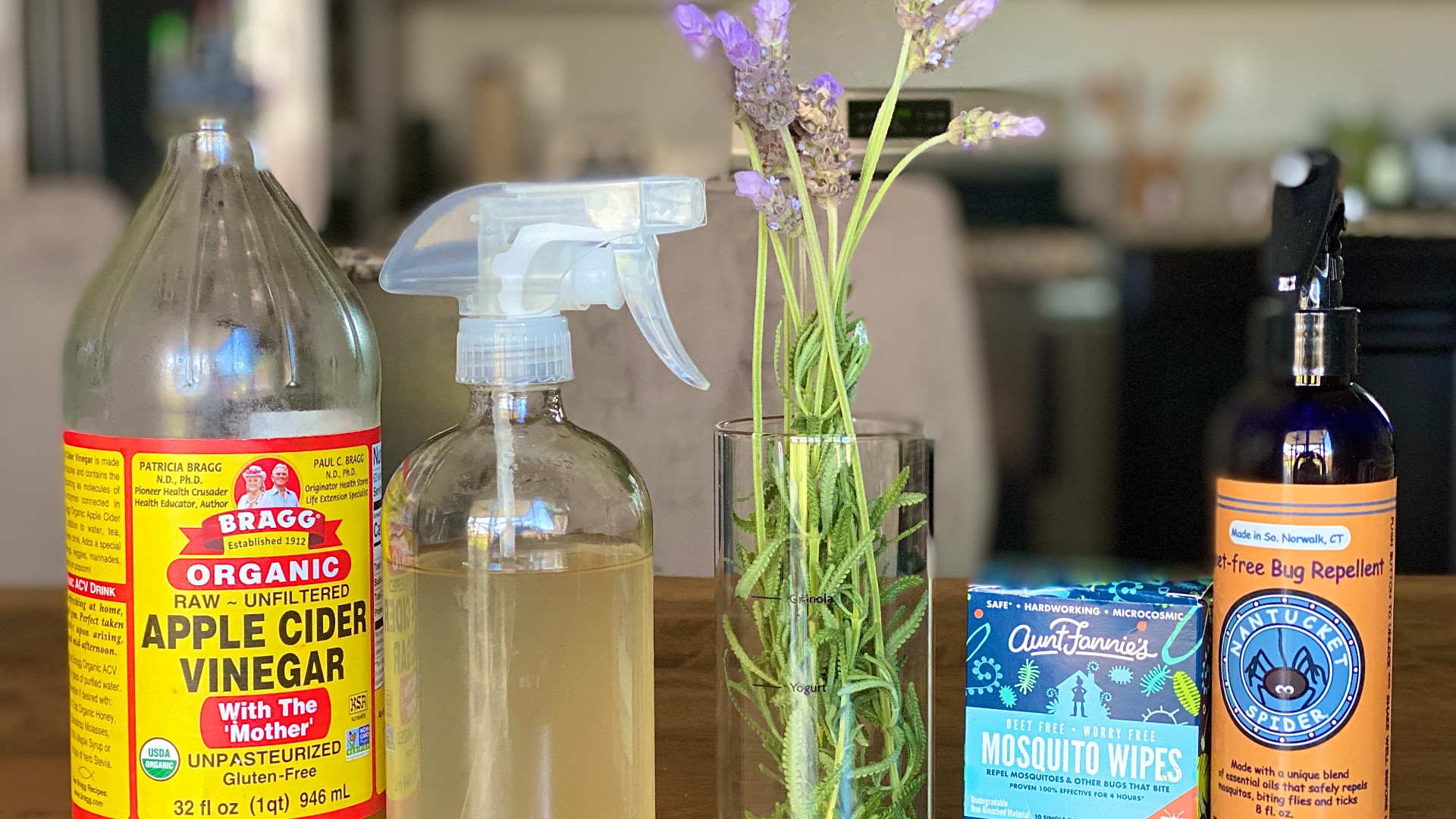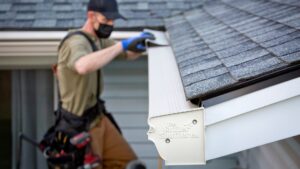In the quest to maintain a clean and welcoming home, dealing with pests can often be a daunting challenge. Whether it’s ants invading your kitchen, mosquitoes buzzing around your backyard, or spiders setting up camp in corners, finding effective and natural ways to control pests is key. Chemical pesticides may seem like a quick fix, but they can pose risks to health and the environment. Fortunately, there are plenty of natural pest control methods that are safe, effective, and even budget-friendly. Let’s dive into some of the best natural pest control tips and tricks you can use around your house.
1. Seal Entry Points
Prevention is the first line of defense against pests. One of the most effective ways to keep pests out of your home is to seal entry points. Inspect your doors, windows, and foundation for cracks and gaps where pests can enter. Use caulking or weather stripping to seal these openings and prevent pests from getting inside.
2. Keep Your Home Clean
Maintaining cleanliness is essential for pest control. Crumbs on the kitchen counter, spilled food in cabinets, and dirty dishes in the sink can attract pests like ants, cockroaches, and rodents. Regularly clean your kitchen, dining area, and other spaces where food is prepared or consumed. Sweep floors, wipe down surfaces, and promptly clean up spills to eliminate food sources for pests.
3. Use Natural Repellents
Certain scents and substances act as natural repellents for pests. For example, peppermint oil is effective at repelling ants, spiders, and mice. Dilute peppermint oil with water and spray it around entry points, windowsills, and other areas where pests may enter. Other natural repellents include citrus oils, garlic, vinegar, and essential oils like lavender, eucalyptus, and tea tree oil.
4. Employ Diatomaceous Earth
Diatomaceous earth is a natural substance that is effective against a wide range of pests, including ants, cockroaches, fleas, and bed bugs. It is composed of fossilized remains of diatoms, which are tiny aquatic organisms. Diatomaceous earth works by puncturing the exoskeletons of insects, causing them to dehydrate and die. Sprinkle diatomaceous earth in areas where pests are present, such as along baseboards, in cracks and crevices, and around the perimeter of your home.
5. Maintain Outdoor Spaces
Pests often originate from outdoor areas and can find their way into your home. To prevent outdoor pests from becoming indoor pests, take measures to maintain your outdoor spaces. Keep grass and shrubs trimmed, remove standing water, and store firewood away from the house. Regularly clean gutters and ensure that downspouts are directing water away from the foundation.
6. Use Sticky Traps
Sticky traps are non-toxic and effective for monitoring and controlling pests such as spiders, flies, and fruit flies. Place sticky traps in areas where pests are likely to travel, such as along baseboards, behind furniture, and in corners. Monitor the traps regularly and replace them when they become full or dirty.
7. Practice Integrated Pest Management (IPM)
Integrated Pest Management (IPM) is an environmentally sensitive approach to pest management that combines multiple strategies to prevent and control pests. In addition to natural repellents and traps, IPM may involve cultural practices, such as proper waste management and sanitation, as well as biological controls, like introducing natural predators or parasites of pests.
8. Create a Pest-Resistant Landscape
Landscaping choices can influence the presence of pests around your home. Choose plants that are less attractive to pests and resistant to diseases. Native plants are often a good choice because they are adapted to the local environment and require less maintenance. Use mulch to cover soil and reduce weed growth, which can attract pests. Avoid overwatering plants, as excessive moisture can create ideal conditions for pests like mosquitoes and fungus gnats.
9. Clean and Inspect Storage Areas
Storage areas, such as basements, attics, and garages, can provide shelter and food sources for pests. Regularly clean and declutter these areas to reduce hiding spots for pests and eliminate potential food sources. Store items in sealed containers, rather than cardboard boxes, which can provide nesting sites for pests like rodents and insects.
10. Seek Professional Advice When Needed
While natural pest control methods can be effective for many common pests, some infestations may require professional intervention. If you have a severe or persistent pest problem that natural methods are not resolving, consider consulting with a licensed pest control professional. They can assess the situation, recommend appropriate treatments, and help you implement long-term pest prevention strategies.
Conclusion
Maintaining a pest-free home using natural methods is not only effective but also safer for your family and the environment. By implementing these natural pest control tips and tricks, you can protect your home from unwanted invaders while creating a healthier living environment. Remember to stay proactive, address pest problems promptly, and enjoy the peace of mind that comes with a pest-free home.









